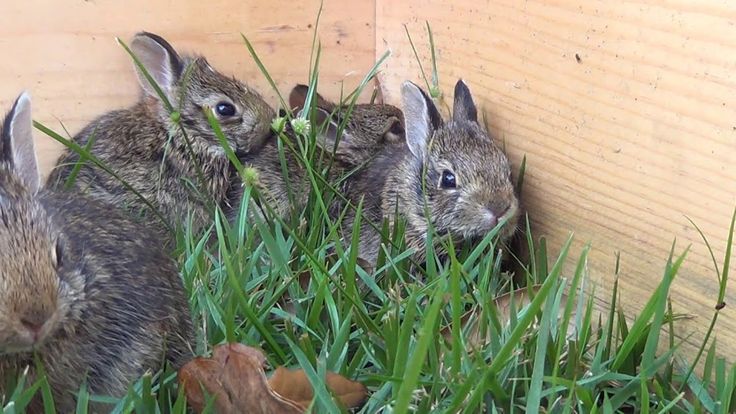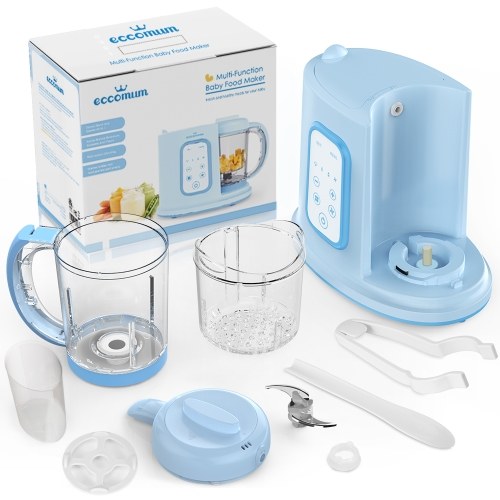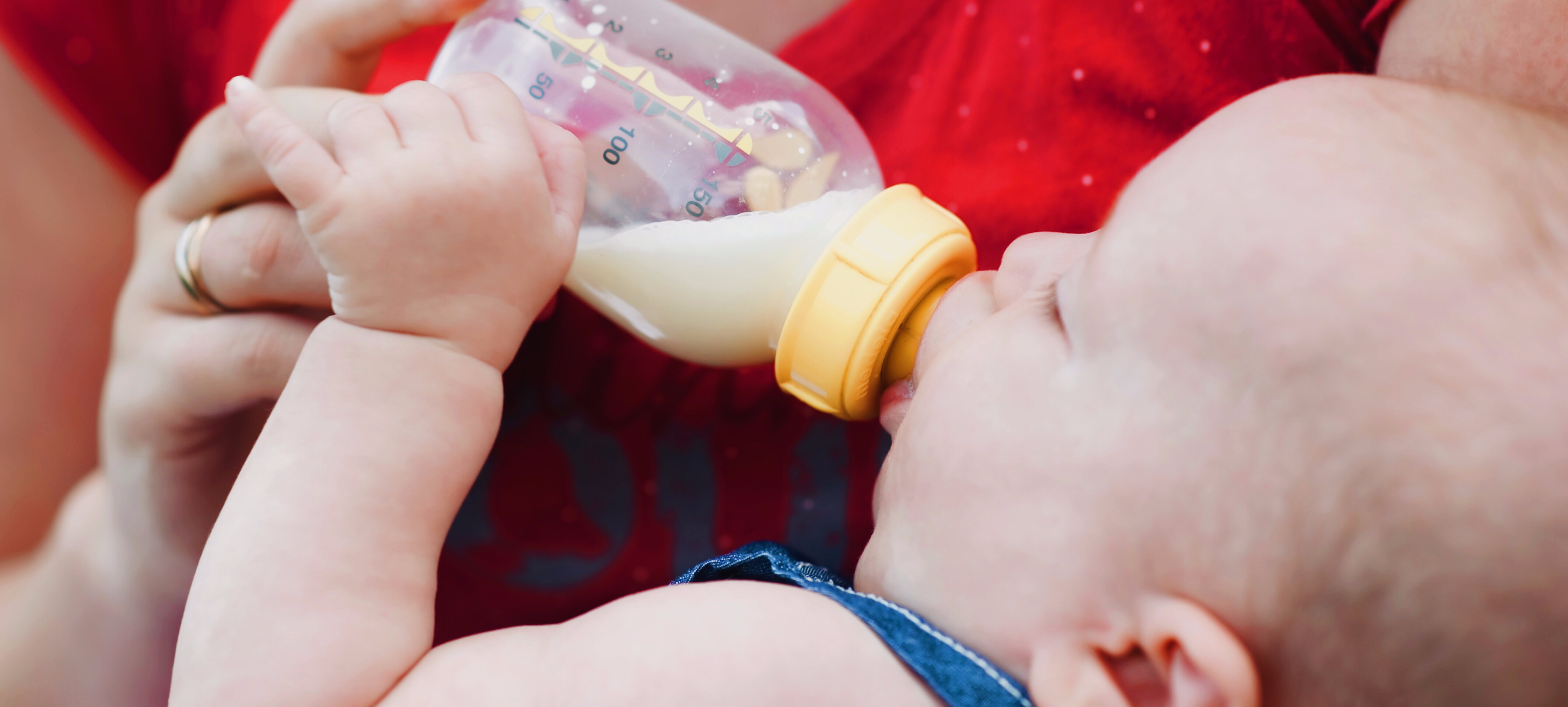Feed wild baby bunnies
Caring For Orphan Baby Rabbits
Wild Baby Bunnies – Orphaned or Not?
Wild baby bunnies are most often not orphaned! Many people mean well when they contact HRS after discovering an “abandoned” nest of wild rabbits. Often they wish to “rehabilitate” them with some advice from others. The reality is fewer than 10% of orphaned rabbits survive a week, and the care that people attempt to provide can be illegal, unnecessary, and potentially harmful.
The best thing you can do is put the bunny right back where you found him, in the general area, as the mom will only come back at night to call and find him. Leave the area. If injured, please contact a wildlife rehabber or rabbit vet immediately! You can search Google for your state/country and wildlife rehabber. Also search your state + wild rabbit rehabbers. You can call your Humane Society for referral and also check here: http://www.owra.org/find-a-wildlife-rehabilitator If you find a baby with eyes open, and he appears healthy, leave him be.
I/My Dog/My Cat Found a Rabbit Nest! What Do I Do?
Rabbits hide their nests in plain view, often putting them in the open, sometimes in the middle of the lawn, as well as in brush piles and long grass. If you find a nest that has been disturbed, do all you can to restore and protect it. Do NOT bring it inside. If a dog has discovered the nest, keep your dog away from the area and reconstruct the nest with grasses. If need be, you can move the nest a few feet away where safer, even up to 5-6 feet away. A moved nest should always be covered with string in a tic tac toe pattern and monitored to be sure the mother found it and came back to the babies. She will scrabble away the surface area to feed her babies beneath her and then scrabble the earth, grass, leaves, back over the nest to hide it again so it’s pretty easy to see if the string has been disturbed and if the babies are warm.
Baby jackrabbits wait like this for momBabies should never be put back into a nest that has been flooded with water, has bugs/ants visibly crawling in and out, or if a baby has been killed and there is blood in the nest.
Use common sense. Baby bunnies who have fleas are compromised and should be immediately taken to a wildlife rehabber or humane society, rabbit vet.
Rabbit mothers nurse their babies for approximately 5 minutes a day. Both wild and domestic mothers will be in the nest early in the morning and then again in the evening. The milk is very rich and the babies “fill up” to capacity within minutes. Mother rabbits do not “sit” on the babies to keep them warm as do some mammals and birds. They build a nest with fur and grasses which helps to keep the babies warm in between feedings. For domestic/pet rabbits, do not force a mother rabbit to sit in the nest box. You can pick up the babies and see if they are feeding by checking the size of their stomachs (should not be sunken in), the pinkness of their skin and activity level (they should not be blue in color or sluggish in movement) and the amount of time that you hear them crying (baby bunnies should be quiet most of the day…. if they are crying constantly then they are not getting fed). If you come across a nest of wild bunnies, and the mother is nowhere to be seen, please DO NOT disturb them.
if they are crying constantly then they are not getting fed). If you come across a nest of wild bunnies, and the mother is nowhere to be seen, please DO NOT disturb them.
If your dog disturbs a nest, or you find a wild bunny with his eyes open, please put him back if not injured. Mom will be coming back at night to call and feed him only once in the middle of the night. Do not take the bunny inside or feed him! IT IS A MATTER OF HIS/HER SURVIVAL AND UP TO US AS HUMANS TO LEAVE NATURE BE AND LET THE MOM CARE FOR HER YOUNG. We often hear of mothers moving their babies and their nests, and have seen moms come back every night for up to a week to look for her missing baby. Do not take the baby from the mom or she will be frantic. Many call or write saying, “… but it is raining, etc., ” but remember, these are wild bunnies and belong out there.
I/My Dog/My Cat Destroyed a Wild Rabbit Nest! What Do I Do?
Remake the nest as best you can with grasses, hay, straw in the same place.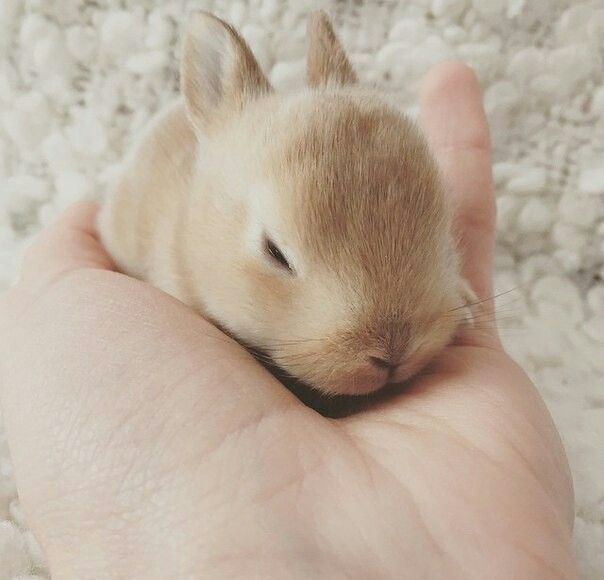 Nests can be moved to a safer place up to 10′ away from the original site and can be reconstructed if necessary. To make a new nest, dig a shallow hole about 3″ deep and put into it as much of the original material as you can recover, including the mother’s fur. Add dried grass as needed, and put the young back. Mother rabbits return to the nest to nurse only at night, staying away as much as possible so as not to attract predators. To determine if the mother is returning, create a tic-tac-toe pattern over the nest with straw, grasses or tiny twigs. Wait 24 hours to see if the twigs have been disturbed. She may be able to feed them without moving the twigs much, so double check–If the babies look healthy, are warm, then the mother is coming back. If they are cold, dehydrated, get them to a professional; do not care for them yourself. Please contact a Wildlife Rehabber or rabbit vet or Humane Society immediately. Google your state and wildlife rehabbers.
Nests can be moved to a safer place up to 10′ away from the original site and can be reconstructed if necessary. To make a new nest, dig a shallow hole about 3″ deep and put into it as much of the original material as you can recover, including the mother’s fur. Add dried grass as needed, and put the young back. Mother rabbits return to the nest to nurse only at night, staying away as much as possible so as not to attract predators. To determine if the mother is returning, create a tic-tac-toe pattern over the nest with straw, grasses or tiny twigs. Wait 24 hours to see if the twigs have been disturbed. She may be able to feed them without moving the twigs much, so double check–If the babies look healthy, are warm, then the mother is coming back. If they are cold, dehydrated, get them to a professional; do not care for them yourself. Please contact a Wildlife Rehabber or rabbit vet or Humane Society immediately. Google your state and wildlife rehabbers.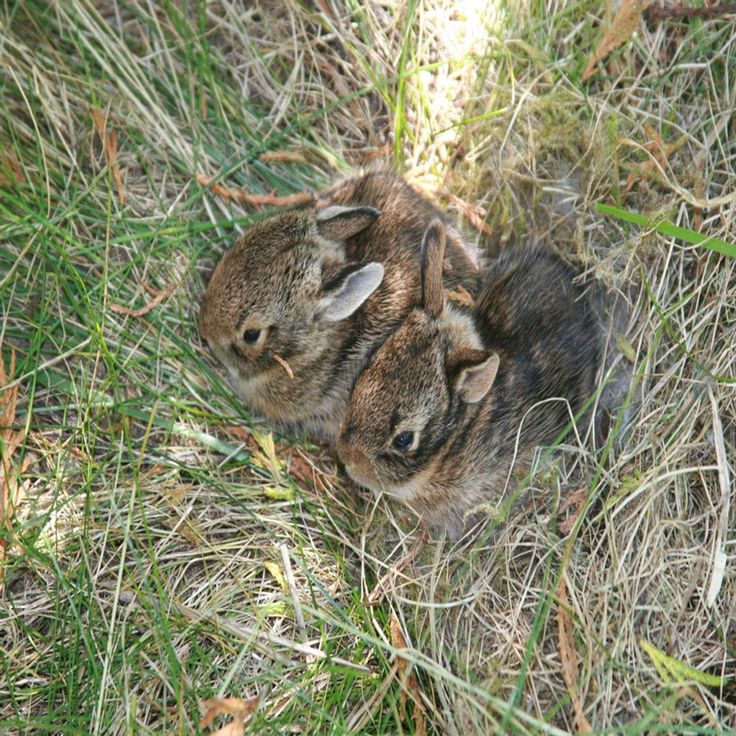 Also check http://www.humanesociety.org/animals/resources/tips/find-a-wildlife-rehabilitator.html and http://www.owra.org/find-a-wildlife-rehabilitator
Also check http://www.humanesociety.org/animals/resources/tips/find-a-wildlife-rehabilitator.html and http://www.owra.org/find-a-wildlife-rehabilitator
How Do I Know If the Wild Baby Bunnies Need Help?
Very young wild baby bunnies with eyes closed and ears back rarely survive in captivity, even given the most expert human care; and so it is very important to determine whether they really need help. Try to assess whether the infants seem warm and healthy or cold, thin, and dehydrated. One test for dehydration is to gently pinch the loose skin at the back of the neck. If it does not spring back in one second, or stays in a “tent,” the bunny is SEVERELY dehydrated and needs rehabilitation IMMEDIATELY by a professional rabbit vet or rehabber. Another test is to stroke the genital area to stimulate elimination if the eyes are closed. If the pee is brown and gritty, the mother rabbit has not been there to help the bunnies urinate.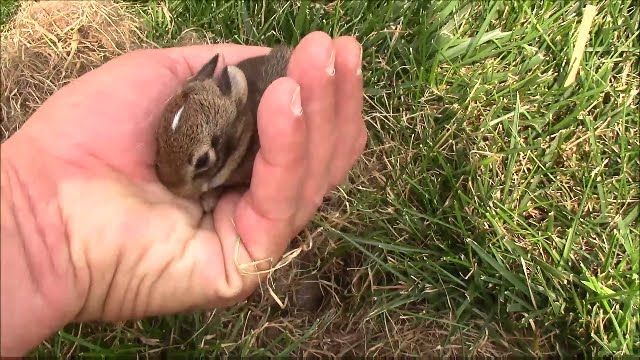 The brown, gritty urine is toxic, and the infant bunny must be cared for by a professional. Please contact a Wildlife Rehabber or rabbit vet immediately. Google your state and wildlife rehabber, call your Humane Society, and also check http://www.humanesociety.org/animals/resources/tips/find-a-wildlife-rehabilitator.html and http://www.owra.org/find-a-wildlife-rehabilitator.
The brown, gritty urine is toxic, and the infant bunny must be cared for by a professional. Please contact a Wildlife Rehabber or rabbit vet immediately. Google your state and wildlife rehabber, call your Humane Society, and also check http://www.humanesociety.org/animals/resources/tips/find-a-wildlife-rehabilitator.html and http://www.owra.org/find-a-wildlife-rehabilitator.
Older baby bunnies who are found outside of the nest may not be orphaned or in need of assistance. This is most often the case. Baby cottontails are born without fur but develop a full coat in a week. Their eyes open in 10 days, and in three to four weeks they are weaned. At this age, they may explore the world outside of the nest but return there to sleep. They are not ignored by the mother but stay with the family group until four or five weeks of age. To determine whether a bunny of this age needs assistance, first see if the bunny feels cold to the touch; perform the dehydration test.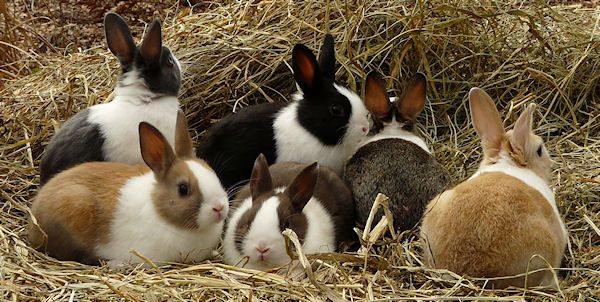 Also look for bleeding, convulsing, fly larvae, broken limbs; if any, get to a rabbit vet or emergency vet immediately. If he is just out and about, leave him be. He is discovering his world, waiting for mom to return at night when we humans are asleep. Don’t assume because he is letting you pick him up, he needs help. They are prey animals, taught to freeze when a predator (or human) approaches. Leave him be!
Also look for bleeding, convulsing, fly larvae, broken limbs; if any, get to a rabbit vet or emergency vet immediately. If he is just out and about, leave him be. He is discovering his world, waiting for mom to return at night when we humans are asleep. Don’t assume because he is letting you pick him up, he needs help. They are prey animals, taught to freeze when a predator (or human) approaches. Leave him be!
What if the Baby Bunny is Injured?
Either call or take him to your local rabbit vet, humane society or animal shelter/animal control. Call first as often they will come pick up the baby. If after hours, contact a local emergency rabbit vet or rabbit vets found here and also here. The best thing you can do for an injured wild baby bunny is to get in touch with a skilled Wildlife Rehabber by searching your state/country and wildlife rehabber, or calling your Humane Society, and or trying this link http://www.humanesociety.org/animals/resources/tips/find-a-wildlife-rehabilitator. html and http://www.owra.org/find-a-wildlife-rehabilitator
html and http://www.owra.org/find-a-wildlife-rehabilitator
Is there anything I can do to avoid orphaning wild baby bunnies?
The harsh reality is that many of us who care about wild baby bunnies may be contributing to the suffering and death. House cats who roam outside will kill about every other time they go out. And unlike feral cats who hunt because they are hungry, and kill immediately, house cats maul and torment their prey, sometimes skinning baby bunnies alive. Cat owners need to provide managed outdoor habitats for their cats – such as window boxes or pens. Providing a bell on your cat will help warn the wildlife if you cannot keep him inside. Keep your dogs on a leash with you if you see a rabbit nest.
Lawn chemicals can produce convulsing death in baby rabbits. According to the Poison Control Center for Animals, lawn applications that contain herbicides are not directly toxic to small animals; but they may make toxic plants more palatable to them and may make the animals sick for a few days.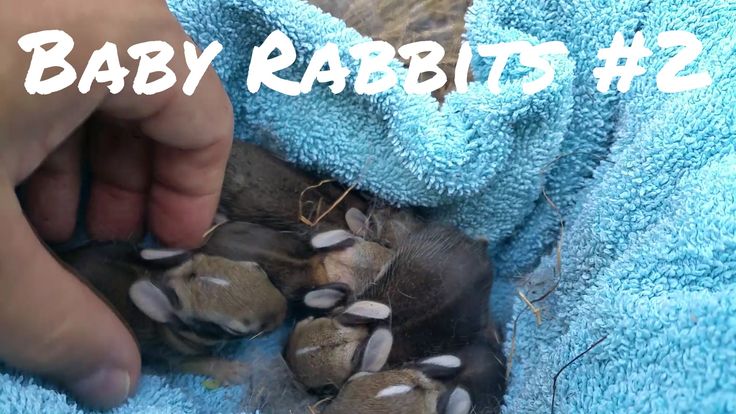 Products which contain insecticides, such as Dursban or Diazinion, which are added to many lawn products to control fleas or grubs in the lawn, are toxic.
Products which contain insecticides, such as Dursban or Diazinion, which are added to many lawn products to control fleas or grubs in the lawn, are toxic.
The Bunny is
Wild and Really Orphaned – How do I care for it?Again, make sure you KNOW for sure the mom was killed and the bunnies are abandoned (not warm, etc.). You will not see the mom. The mom will only come back in the middle of the night to feed her babies. If the mom was killed, the best thing you can do for a wild orphaned baby bunny is to get in touch with a skilled rehabilitator. In the meantime, call your local humane society or animal control and one of these vets for a wildlife referral: Rabbit Vets and Pet Bunny Vets. Google your state and wildlife rehabbers, and also try http://www.humanesociety.org/animals/resources/tips/find-a-wildlife-rehabilitator.html and http://www.owra.org/find-a-wildlife-rehabilitator
How much formula should I feed a Wild Orphaned Bunny until I get him/her to a rehabber?
The following is a guideline for the daily amount to feed a TRULY orphaned wild bunny (mother was killed, etc.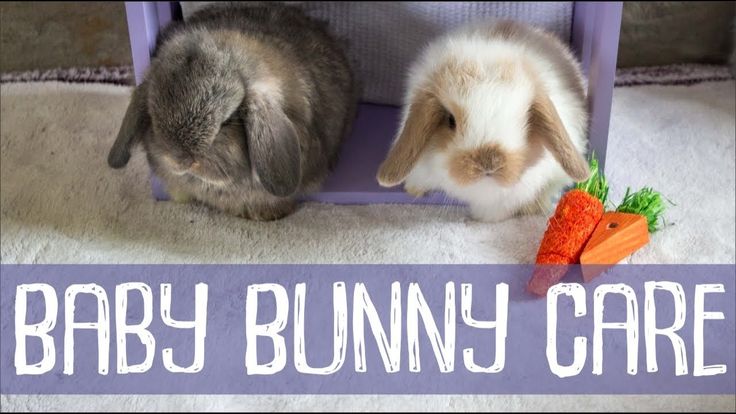 ) Remember with wild bunnies, the mom only comes back at night to call and feed him once or so for 5 mins; please put him back for her if just found and healthy. She leaves them alone between feedings. Don’t assume they are abandoned! Wild rabbits NEED a skilled wildlife rehabber. You should not feed at home or the chances of their surviving is extremely low! Most die from bloat, wrong feedings/stress. These feedings are NOT meant to take place of an actual rehabber, but for someone only who may live too far from a rehabber and is faced with a wild mother, killed, for example. All others need to call your humane society, local rabbit vet, or google your state and wildlife rehabber. You can also check here http://www.humanesociety.org/animals/resources/tips/find-a-wildlife-rehabilitator.html and http://www.owra.org/find-a-wildlife-rehabilitator
) Remember with wild bunnies, the mom only comes back at night to call and feed him once or so for 5 mins; please put him back for her if just found and healthy. She leaves them alone between feedings. Don’t assume they are abandoned! Wild rabbits NEED a skilled wildlife rehabber. You should not feed at home or the chances of their surviving is extremely low! Most die from bloat, wrong feedings/stress. These feedings are NOT meant to take place of an actual rehabber, but for someone only who may live too far from a rehabber and is faced with a wild mother, killed, for example. All others need to call your humane society, local rabbit vet, or google your state and wildlife rehabber. You can also check here http://www.humanesociety.org/animals/resources/tips/find-a-wildlife-rehabilitator.html and http://www.owra.org/find-a-wildlife-rehabilitator
Age + Amount (This WILL vary SO MUCH depending on type of rabbit.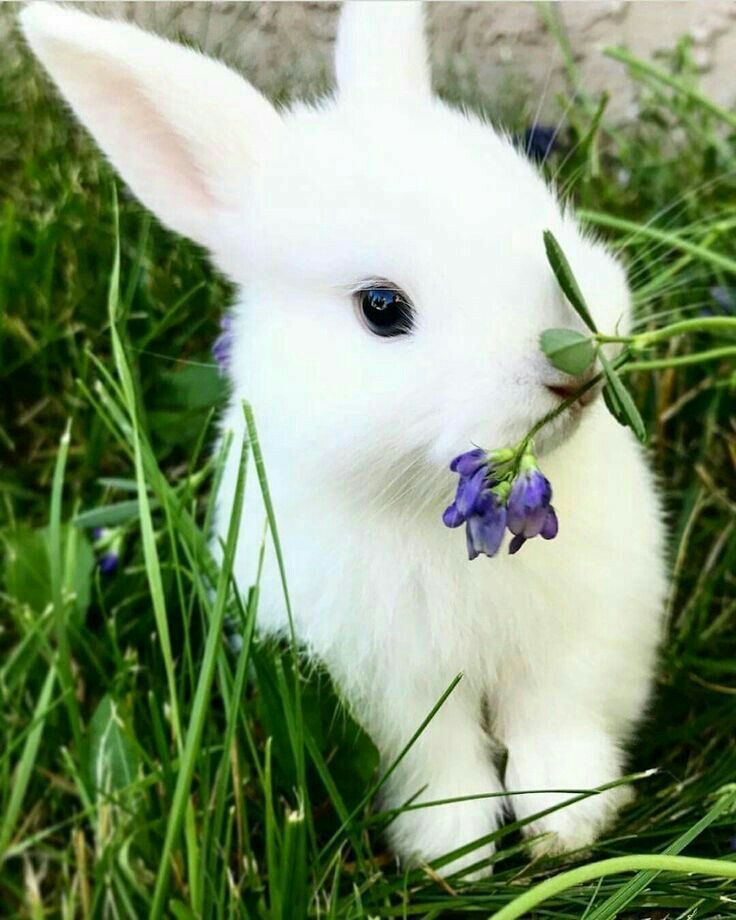 It is impossible over the Internet to see your particular rabbit, so this is only approximate.) Use KMR kitten or KMR kitten plus Goat milk, regular not low fat. Add a pinch of acidophilus (aka Probiotic) to the formula to promote healthy gut flora. Formulas vary depending on region. Avoid Esbilac and any puppy formulas! FEED TWICE A DAY ONLY for healthy babies, three times if low weight. It may be easiest to start with a 3 cc/ml syringe or an eyedropper. Feed only with the bunny sitting UPRIGHT, and point syringe down towards bottom or side of mouth, so if too much comes out, the baby does not aspirate. At first, they may only take a few drops at one feeding until they are not stressed and used to this.
It is impossible over the Internet to see your particular rabbit, so this is only approximate.) Use KMR kitten or KMR kitten plus Goat milk, regular not low fat. Add a pinch of acidophilus (aka Probiotic) to the formula to promote healthy gut flora. Formulas vary depending on region. Avoid Esbilac and any puppy formulas! FEED TWICE A DAY ONLY for healthy babies, three times if low weight. It may be easiest to start with a 3 cc/ml syringe or an eyedropper. Feed only with the bunny sitting UPRIGHT, and point syringe down towards bottom or side of mouth, so if too much comes out, the baby does not aspirate. At first, they may only take a few drops at one feeding until they are not stressed and used to this.
Newborn to One Week: 2- 2+1/2 cc/ml each feeding (two feedings per day).
1-2 weeks: 5-7 cc/ml each feeding (two feedings per day). (depending on bunny..may be much LESS if smaller rabbit!) Newborn babies (if eyes closed) all need to be stimulated to urinate and defecate prior to or following feeding until their eyes open. (Except Jackrabbits do not). *See how to below.
(Except Jackrabbits do not). *See how to below.
2-3 weeks: 7-13 cc/ml each feeding (two feedings). Domestic eyes open at about 10 days of age. Start introducing them to timothy and oat hay, pellets and water (always add fresh greens for wild ones).
3-6 weeks: 13-15 cc/ml each feeding (two feedings–again, may be LESS depending on size of rabbit! A cottontail/brush bunny will take so much less!! Half this at most.) Cottontails wean and release about 3-4 weeks and jackrabbits much later (9+ weeks), whereas domestic rabbits are 6 weeks.
6 weeks-9weeks for Jackrabbits only, continue up to 9 weeks with formula, gradually changing to a dish for the warm formula, replacing the formula after 9 weeks slowly, continue adding more of their natural greens and hay (dandelions, oat hay, timothy hay, Italian parsley, carrot tops, small carrots cut up) and a small water bowl. Most markets will sell these greens.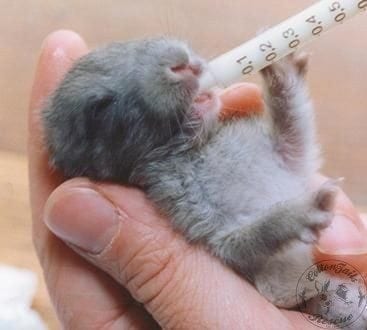 They need a rehabber before release!
They need a rehabber before release!
Wild rabbits NEED a skilled wildlife rehabber. These feedings are NOT meant to take place of an actual rehabber, but for someone who may live too far from a rehabber and is faced with a wild mother, killed, for example. Please call your humane society for referrals to rehabbers, or your rabbit vets, or google your state or country and wildlife rehabbers. You can also try here: http://www.humanesociety.org/animals/resources/tips/find-a-wildlife-rehabilitator.html and by state here: http://www.owra.org/find-a-wildlife-rehabilitator or http://www.owra.org/find-a-wildlife-rehabilitator
*After each feeding it is important to gently make the bunny defecate and or urinate (brush bunnies/cottontails only..if the eyes are not opened yet) to keep the intestinal and urinary system running smoothly (just UNTIL their eyes open). No need to do this for jackrabbits; they go on their own. Use a cotton ball moistened with warm water after eating, and gently stroke the anal area until the bunny starts producing stool and urine and keep stroking until the bunny stops.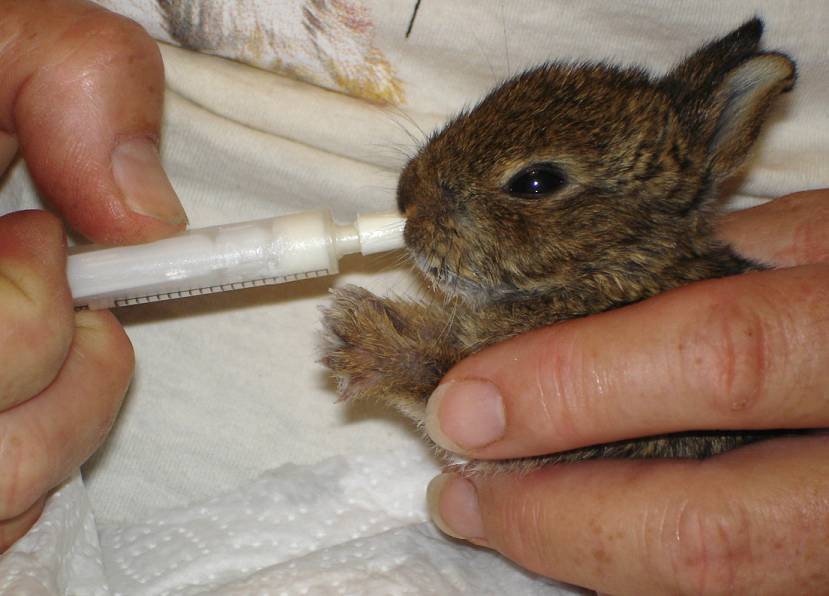 You are reproducing the behavior of the mother rabbit who would lick her young to stimulate them to go to the bathroom and to keep the nest clean. Again, ONLY if the eyes are still closed. Handle a wild rabbit only during feedings as excessive handling can be extremely stressful/potentially fatal. Wild rabbits don’t need heat if furred and healthy. Wild rabbits should not be fed at home, but get them to a professional rehabber as it IS CRITICAL for their survival and to be with their own kind. Most die from overfeeding and/or stress.
You are reproducing the behavior of the mother rabbit who would lick her young to stimulate them to go to the bathroom and to keep the nest clean. Again, ONLY if the eyes are still closed. Handle a wild rabbit only during feedings as excessive handling can be extremely stressful/potentially fatal. Wild rabbits don’t need heat if furred and healthy. Wild rabbits should not be fed at home, but get them to a professional rehabber as it IS CRITICAL for their survival and to be with their own kind. Most die from overfeeding and/or stress.
As soon as the wild bunnies’ eyes are open, you may introduce them to plain alfalfa pellets, hay, such as oat hay, timothy, alfalfa and veggies such as carrot tops, Italian parsley, dandelion greens. Dandelion greens and hay (timothy and oat hay) are extremely important for wild rabbits. You can add whole oats from a feed store, and some grated carrots. The greens must be fresh, rinsed, and replaced if not eaten in a few hours. You can place them in a cup of cold water with just the tops sticking out to keep them fresher. (For a domestic rabbit baby, see section under the Domestic heading). Wild cottontail and brush bunny rabbits should be released as soon as they are eating hay and greens and are approximately 5 inches in body length and run from you. This varies with the area, so size is not easy to say. They will be small, but the longer you keep them, the more agitated and difficult to handle they will become and the less likely their chances for survival in the wild. Release ONLY at dusk or dawn. Jackrabbits (hares) are not ready until 9+ weeks.Make sure they get exercise daily. Jackrabbits mature much slower than the brush/cottontails and need to develop strength. If they are ready, earlier, they will let you know.
(For a domestic rabbit baby, see section under the Domestic heading). Wild cottontail and brush bunny rabbits should be released as soon as they are eating hay and greens and are approximately 5 inches in body length and run from you. This varies with the area, so size is not easy to say. They will be small, but the longer you keep them, the more agitated and difficult to handle they will become and the less likely their chances for survival in the wild. Release ONLY at dusk or dawn. Jackrabbits (hares) are not ready until 9+ weeks.Make sure they get exercise daily. Jackrabbits mature much slower than the brush/cottontails and need to develop strength. If they are ready, earlier, they will let you know.
WARNING: Jackrabbits really NEED a skilled wildlife rehabber as they can run from you, throw themselves into walls to get away; many have died or severely injured themselves in captivity as they are so very wild. Please DO NOT raise them if you are not a skilled wildlife rehabber.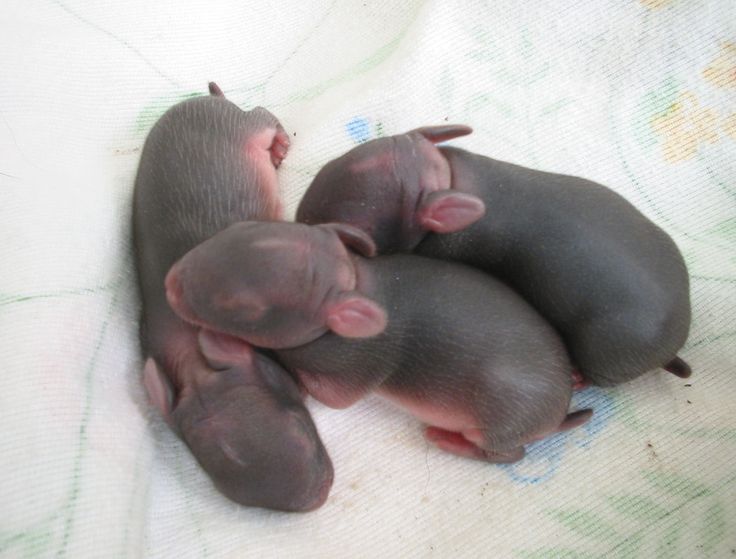 This is vital. Noises and sounds easily frighten the jackrabbit and they are not able to be handled after 9 weeks. Often, sadly, we get reports of how a well-meaning person who tried to raise a wild rabbit, only to find it literally died of fright or got injured inside the cage. They are wild and belong with their own kind, out in the wild.
This is vital. Noises and sounds easily frighten the jackrabbit and they are not able to be handled after 9 weeks. Often, sadly, we get reports of how a well-meaning person who tried to raise a wild rabbit, only to find it literally died of fright or got injured inside the cage. They are wild and belong with their own kind, out in the wild.
Jackrabbits really enjoy being raised together, whereas cottontails/brush bunnies may fight and do fine alone. Give them a carrier as their place of privacy (line with thick towels) with plenty of fresh hay and greens described above and water bowl. Again, wild rabbits need a skilled wildlife rehabber; it is critical to their survival.
The Bunny is DOMESTIC (i.e., pet rabbit, NOT wild) and Really Orphaned – How do I care for a domestic baby?
Baby Domestic Agouti Bunny Baby Domestic/Pet Agouti rabbit babyRemember that both the domestic pet rabbit and wild bunny moms only feed their young usually once in the middle of the night.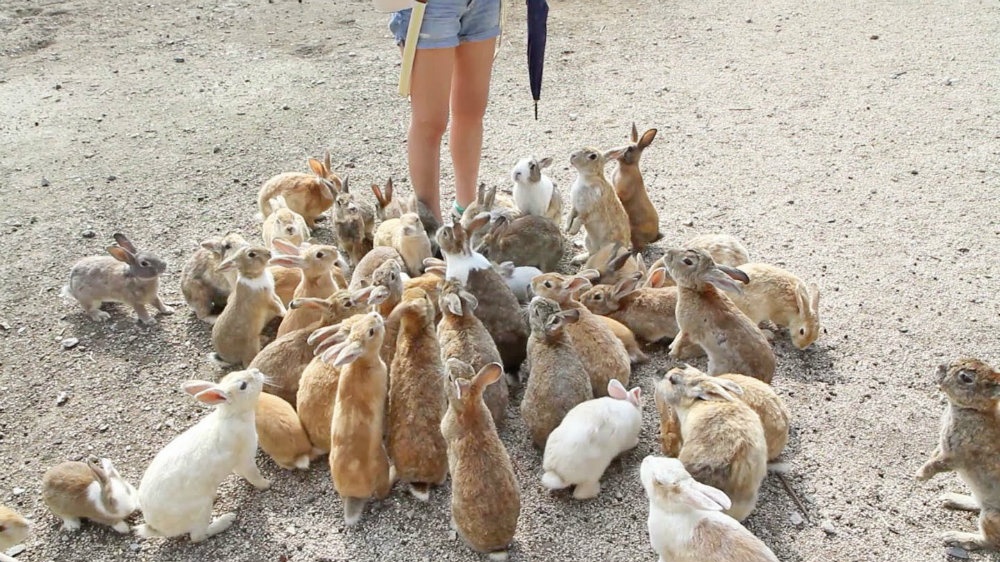 Don’t assume the mom is not caring for them if you don’t see her nurse them. Check their tummies to see if they are round and the babies are warm in the morning–this means she is caring for them. In the rare situation that you have an orphaned domestic bunny, such as when a domestic rabbit mom is sick or refuses to care for her young, you will need to feed the babies. Overfeeding is a leading cause of death in these youngsters which results in fatal intestinal disease.
Don’t assume the mom is not caring for them if you don’t see her nurse them. Check their tummies to see if they are round and the babies are warm in the morning–this means she is caring for them. In the rare situation that you have an orphaned domestic bunny, such as when a domestic rabbit mom is sick or refuses to care for her young, you will need to feed the babies. Overfeeding is a leading cause of death in these youngsters which results in fatal intestinal disease.
If truly orphaned, use KMR KITTEN powder formula (can also use Meyenberg Regular Goat milk found at Safeway in the milk section or Whole Foods until you can find the KMR KITTEN formula), and follow the directions on the can. It may be easiest to start with a 3 cc/ml syringe or an eyedropper. Some use pet nurser nipples on the end of a luer lock syringe, or a teat cannula on the end of a syringe. Feed only with the bunny sitting UPRIGHT, and point syringe down towards bottom or side of mouth, so if too much comes out, the baby does not aspirate! For those who are slow to learn nursing, SC fluids may be necessary to prevent electrolyte imbalance or dehydration (check with a vet on this only!!). Domestic buns with closed eyes should be fed 2 x a day, and the number of feedings gradually decreased until they are weaned. If their eyes are still closed, you need to stimulate their bottoms with a warm moist towel after feedings to help them to pee. (Domestics are weaned about 6 weeks compared to wild bunnies who are weaned about 3-4 weeks for cottontails and 9+ weeks for jackrabbits). Bloat is commonly associated with too frequent feedings and too much at one time.
Domestic buns with closed eyes should be fed 2 x a day, and the number of feedings gradually decreased until they are weaned. If their eyes are still closed, you need to stimulate their bottoms with a warm moist towel after feedings to help them to pee. (Domestics are weaned about 6 weeks compared to wild bunnies who are weaned about 3-4 weeks for cottontails and 9+ weeks for jackrabbits). Bloat is commonly associated with too frequent feedings and too much at one time.
Feeding Amounts for DOMESTIC/PET Orphaned babies*: Feed twice a day up to these amounts: Newborn– 2.5 cc/ml each feeding. One week old: 6-7 cc/ml each feeding. Two weeks old: 12-13 cc/ml each feeding. Three weeks to six weeks: Up to 15 cc/ml each feeding (a.m. and p.m.). Note this is for DOMESTIC, NOT WILD bunnies. Each bunny varies. If this is a smaller rabbit, he will consume much less. Do NOT overfeed! Contact an HRS contact, rabbit vet, to be sure.
*After each feeding it is important to make the bunny defecate and urinate (if the eyes are not opened yet) to keep the intestinal tract and urinary system running smoothly (only UNTIL their eyes are open). Use a cotton ball moistened with warm water and gently stroke the anal area until the bunny starts producing stool and urine and keep stroking until the bunny stops. You are reproducing the behavior of the mother rabbit who would lick her young to stimulate them to go to the bathroom and to keep the nest clean.
Use a cotton ball moistened with warm water and gently stroke the anal area until the bunny starts producing stool and urine and keep stroking until the bunny stops. You are reproducing the behavior of the mother rabbit who would lick her young to stimulate them to go to the bathroom and to keep the nest clean.
Provide a soft nest area in a box with clean towels, and cover the babies so it is dark until their eyes are open. Do NOT provide extra heat if the room temperature is at least 65 to 70 degrees F because excessive heat can be fatal. If the room is cooler, then you may place a heating pad on a low setting under no more than HALF of the nest so the bunny can move to a cooler area if it gets too warm, and be sure there is no way the mother rabbit can get to or chew the electrical cord!
For domestic rabbits, if you have a healthy adult rabbit at home and you can collect cecotropes (the soft, chain-like droppings that the rabbit usually eats) then these can be mixed with the KMR to give the baby bunny normal bacteria for its intestinal tract. Only one cecotrope per day for 4-5 days is needed. This is particularly important for rabbits under one week of age. Also good is to sprinkle a pinch of acidophilus powder, also called “Probiotic” from human capsules in the milk a little each time for healthy flora for both wild and domestic bunnies.
Only one cecotrope per day for 4-5 days is needed. This is particularly important for rabbits under one week of age. Also good is to sprinkle a pinch of acidophilus powder, also called “Probiotic” from human capsules in the milk a little each time for healthy flora for both wild and domestic bunnies.
As soon as their eyes are open, you may introduce the bunnies to plain alfalfa pellets, hay, such as oat hay, timothy, alfalfa. Please refer to the handout Care of Rabbits for more information on diet for domestic, pet rabbits. You may reach [email protected] for domestic/pet rabbit questions. Below is the email for wild rabbit questions: [email protected] (wild) (If links above did not answer your question).
(See above for wild rabbits). For all rabbits, avoid ANY regular milk, puppy formulas, etc. Use KITTEN formulas like KMR. Avoid Esbilac. Feed only upright. Less is better than more! Overfeeding will cause bloat and pain and possible death. Please get to a rehabber.
Sources: Caring for Cricket – What Not To Do When You Find a Wild Baby Bunny by Julie Smith and Handout by Midwest Exotic Animal Hospital, and additional wild bunny info by M. Wilson (HRS educator and rehabber). For questions not answered about wild rabbits above, email: wildbunnyrehab at gmail.com
Below content was merged from: /caring-for-orphans/
Rabbit mothers nurse their babies for approximately 5 minutes a day. They will be in the nest or nest box early in the morning and then again in the evening. The milk is very rich and the babies “fill up” to capacity within minutes. Mother rabbits do not “sit” on the babies to keep them warm as do some mammals and birds. They build a nest with fur and grasses which helps to keep the babies warm in between feedings. Do not force a mother rabbit to sit in the nest box. You can pick up the babies and see if they are feeding by checking the size of their stomachs (should not be sunken in), the pinkness of their skin and activity level (they should not be blue in color or sluggish in movement) and the amount of time that you hear them crying (baby bunnies should be quiet most of the day…. if they are crying constantly then they are not getting fed). If they are warm, mom is most likely feeding them, but again, she only comes back in the middle of the night.
if they are crying constantly then they are not getting fed). If they are warm, mom is most likely feeding them, but again, she only comes back in the middle of the night.
If you come across a nest of bunnies in the wild and the mother is no where to be seen, please DO NOT disturb them…this is normal. By removing them from the nest you are greatly reducing their chances of survival.In the rare situation that you have an orphaned bunny, such as when a mother rabbit is killed by another animal or in the road, or when a domestic rabbit refuses to care for her young, you may try feeding with Kitten Milk Replacer (KMR) or Meyenberg Goat Milk (for wild rabbits, but they need a professional reahabber–do not feed at home). Remember though, that both wild/domestic bunny moms only feed in the middle of the night, so don’t assume she is not caring for them! For true orphans, remember to feed ONLY TWICE A DAY. Overfeeding is a leading cause of death in these youngsters which results in fatal intestinal disease. Provide a soft nest area in a box with clean towels, and cover the babies (if eyes are closed) so it is dark.
Provide a soft nest area in a box with clean towels, and cover the babies (if eyes are closed) so it is dark.
DO NOT provide extra heat if the room temperature is at least 65 to 70F because excessive heat can be fatal. If the room is much cooler, then you may place a heating pad on a low setting under no more than HALF of the nest so the bunny can move to a cooler area if it gets too warm.
For a wild bunny, you need to get him to a wildlife rehabilitator if he is TRULY orphaned (mom was killed). Remember with wild bunnies, the mom ONLY comes back at night to call and feed him; please put him back for her if just found and healthy. With domestics, the mom only feeds once or twice a day for only 5 minutes. Leave babies with the mom. For wild orphans, first google your state and wildlife rehabber, and call your humane society, also try http://www.humanesociety.org/animals/resources/tips/find-a-wildlife-rehabilitator.html and http://www.owra.org/find-a-wildlife-rehabilitatoror as it is illegal in most states to keep a wild animal, and they really need a professional as this is critical. Local rabbit veterinarians or humane societies may also know of a rehab facility.
Local rabbit veterinarians or humane societies may also know of a rehab facility.
The following is a guideline for the daily amount to feed a TRULY orphaned bunny (mother was killed, etc.) that will be about 5 lbs as an adult. It is impossible on the internet to be exact. Please find rehabber.
GENERAL FEEDING OF ORPHANS
Age + Amount (This WILL vary depending on type of rabbit.) Use KMR (Kitten Milk Replacer) for domestics and Meyenberg Goat Milk, regular not low fat for wild ones,or KMR. Add a pinch of acidophilus (AKA Probiotic capsules) to all formula to promote healthy gut flora. Other formulas vary depending on the region of the country. Avoid using Esbilac or any puppy formulas or cow’s milk. Do not add Karo syrup. FEED TWICE A DAY ONLY unless baby is low weight, than three times.
Newborn to One Week: 2 – 2+1/2 cc/ml each feeding (two feedings).
1-2 weeks: 5-7 cc/ml each feeding (two feedings).
(depending on bunny.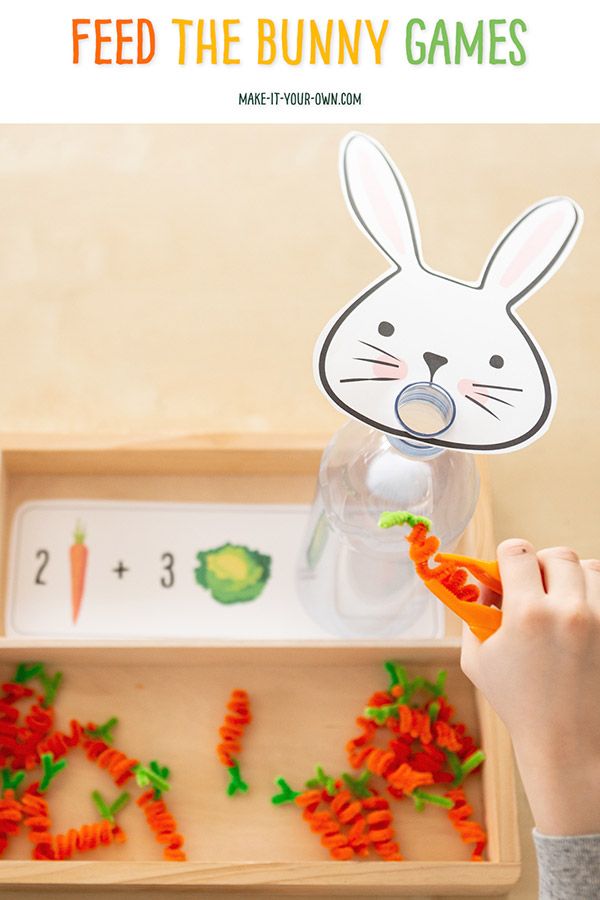 .may be much LESS if smaller rabbit).
.may be much LESS if smaller rabbit).
2-3 weeks: 7-13 cc/ml each feeding (two feedings). Bunnies whose eyes are still CLOSED need to be stimulated to urinate and defecate before or after each feeding. Again, seek a professional on this. Domestic eyes open at about 10 days of age. Then start introducing them to timothy and oat hay, pellets and water (always add fresh greens for wild ones–dandelion greens, parsley, carrot tops, grated carrots, all fresh, watered down). See below for detail.
3-6 weeks: 13-15 cc/ml each feeding (two feedings–again, may be LESS depending on size of rabbit! A cottontail will take so much LESS–about half of this!.)
Domestics are weaned about 6 weeks. Cottontails wean and release about 3-4 weeks and jackrabbits much later (9+ weeks). Feed only twice a day up to these TOTAL amounts. You may find an eyedropper or syringe easiest to use. Feed them upright, and go slowly watching them lick and swallow so they do not aspirate.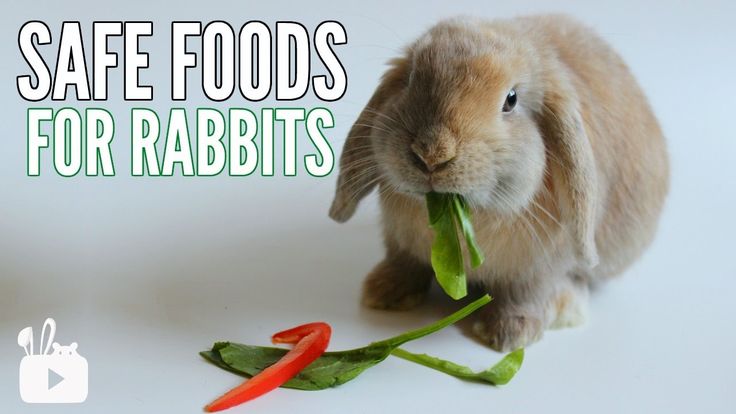 For domestic rabbits, if you have a healthy adult rabbit at home and you can collect cecotropes (the soft chain-like droppings that the rabbit usually eats) then these can be mixed with the KMR or goat milk to give the baby bunny normal bacteria for its intestinal tract. Only one cecotrope per day for 4-5 days is needed. This is particularly important for rabbits under one week of age. Acidophilus capsules for humans, opened and sprinkled some in formula, works well too.
For domestic rabbits, if you have a healthy adult rabbit at home and you can collect cecotropes (the soft chain-like droppings that the rabbit usually eats) then these can be mixed with the KMR or goat milk to give the baby bunny normal bacteria for its intestinal tract. Only one cecotrope per day for 4-5 days is needed. This is particularly important for rabbits under one week of age. Acidophilus capsules for humans, opened and sprinkled some in formula, works well too.
After each feeding it is important to make the bunny defecate and urinate (until their eyes are open) to keep the intestinal tract and urinary system running smoothly. Use a cotton ball moistened with warm water and gently stroke the anal area until the bunny starts producing stool and urine and keep stroking until the bunny stops. You are reproducing the behavior of the mother rabbit who would lick her young to stimulate them to go to the bathroom and to keep the nest clean. No need to do this for jackrabbits or if bunny’s eyes are open.
As soon as their eyes are open, you may introduce the bunnies to hay, such as oat and timothy hay, some alfalfa, and pellets, and for wild ones, add dark leafy veggies such as dandelion greens, carrot tops, parsley, grated carrots, etc. Keep the greens fresh, moist, and stand them up in a heavy mug of water. Change greens often. If this is a wild rabbit, you do not need to introduce pellets. If this is a domestic rabbit baby, then you may introduce plain alfalfa pellets at 2 weeks of age (please refer to the handout Care of Rabbits for more information on diet). Wild rabbits should be released as soon as they are eating hay and greens and are approximately 5 inches in body length (for cottontails) and are afraid of you (about 3-4 weeks). Jackrabbits are released much later (9 weeks up). They will be small, but the longer you keep them, the more agitated and difficult to handle they will become, and the less likely their chances for survival in the wild. They may be easily injured in your care as they attempt to get free.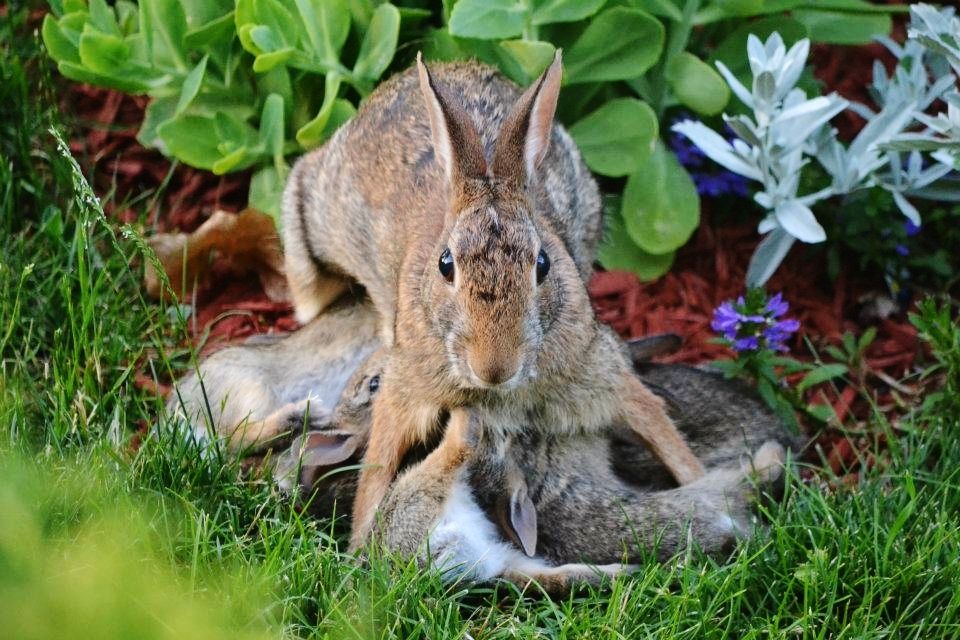 For wild bunnies, please do not raise them yourself, but take them to a rehabber! Google your state and wildlife rehabber or see links above.
For wild bunnies, please do not raise them yourself, but take them to a rehabber! Google your state and wildlife rehabber or see links above.
Modified from an original document from :
Midwest Bird & Exotic Animal Hospital
How To Keep A Wild Baby Rabbit Alive — Rabbit Care Tips
Wild newborn bunnies are kept in small, shallow nests in grassy areas near woodland, bushes, or out in the open. While an open space might seem like a dangerous place for a rabbit to set up home, predators are less likely to venture to exposed areas. So, when you stumble across a nest, it’s worrying to see a group of baby rabbits alone.
To keep a wild baby rabbit alive, you must determine whether the mother is around. Mother rabbits only return to the nest twice a day to feed their kits. If they are orphaned, you will need to provide a nest, maintain the right temperature, and provide a healthy diet. You will also need to stimulate urination and defecation and source nutritious cecotropes.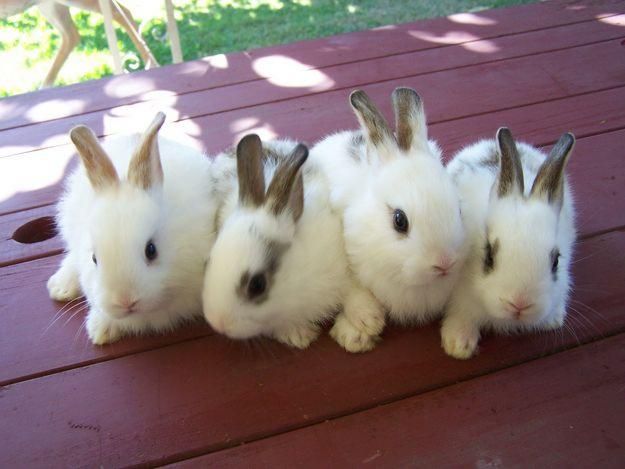 Injured bunnies will need immediate veterinary care.
Injured bunnies will need immediate veterinary care.
Fewer than 10% of orphaned wild rabbits survive longer than a week. Attempts to care for orphaned rabbits often do more harm than good, so proceed with caution if you find a nest with no mother in sight. You don’t want to intervene until you know that your help will make a difference.
How to Help A Wild Baby Rabbit Survive
Most wild baby rabbits aren’t orphaned. While your immediate reaction may be to call for help, this isn’t always necessary. A doe will never abandon her kits by choice. Death or environmental issues where the nest can’t be accessed are the only reasons why she wouldn’t be around.
As described by the Indiana Department of Natural Resources, cottontail doe rabbits only return to the nest a few times a day to deter predators. Baby rabbits don’t have a scent until they get older. As predators can sniff out the doe, her presence puts her babies in danger.
The doe will leave her babies hidden and camouflaged in the nest to protect them, returning between dusk and dawn to feed her young.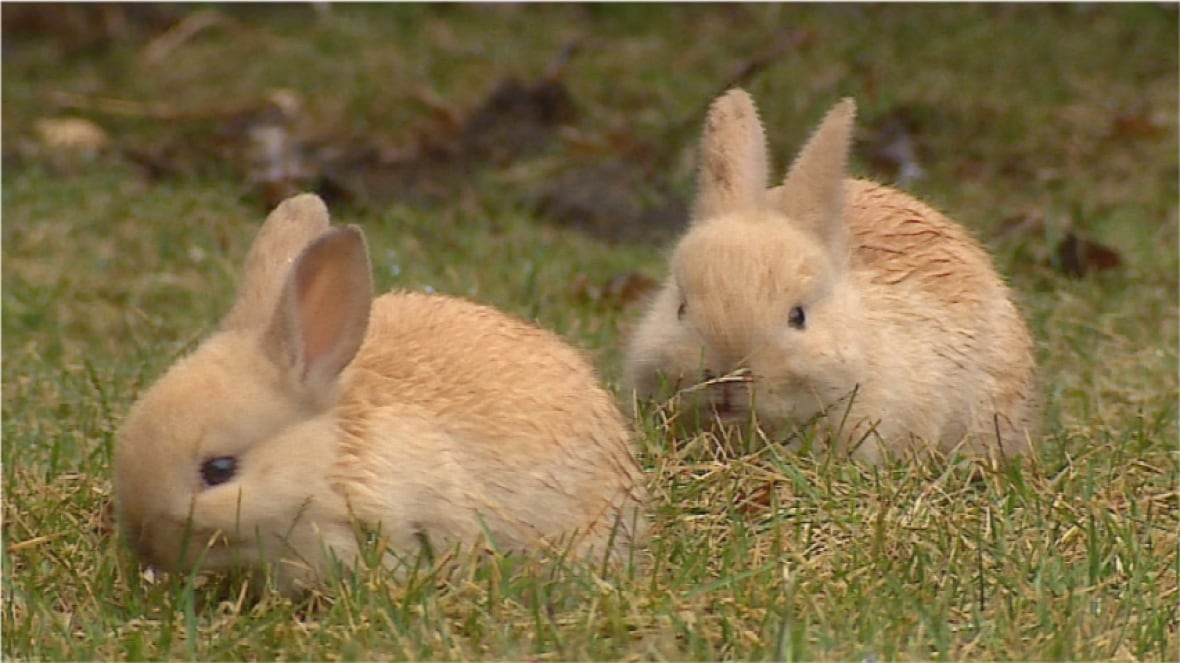
Feeding is quick and only takes between 2-3 minutes, making it difficult to tell whether the baby rabbits are orphaned or not. If you suspect that a baby rabbit is orphaned, look out for the following signs:
- A sunken stomach, which indicates that the bunny isn’t feeding. Well-fed rabbits should have a full, rounded abdomen.
- The bunny doesn’t try to run away from you but seems sluggish and unhealthy.
- A healthy pink skin tone. Bunnies with wrinkled or thin, blue skin are likely to be starving.
- Vocalization indicates that the baby rabbit is frightened and hungry. Healthy rabbits are usually silent because they know that noise attracts predators.
To be sure whether the baby rabbits are orphaned, carry out the string test. For this, you’ll need a few pieces of cotton or string. Place them over the nest in a pattern you can easily remember (or take a picture) and leave it overnight.
If the string has moved in the morning, the mother rabbit has been back to feed her kits.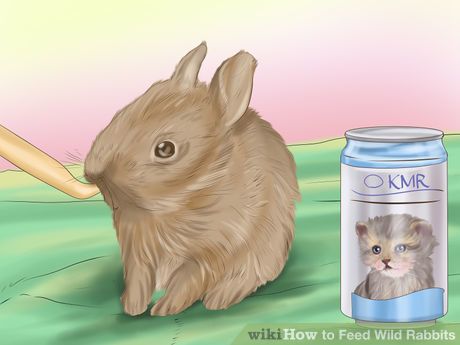 If not, the bunnies are likely orphaned. At this point, you’ll need to call a wildlife rehabilitator for advice.
If not, the bunnies are likely orphaned. At this point, you’ll need to call a wildlife rehabilitator for advice.
Build A Nest
If you know the mother is still caring for her babies, leave the nest alone. If you disturb a nest and discover that the doe is still around, remake it and leave the baby rabbits where you found them. Despite some misconceptions, a mother won’t abandon her kits if you touch them.
On the other hand, if the doe is no longer around, you’ll need to provide a nest for the baby rabbits to survive.
The nest’s primary purpose is to keep the kits warm. A mother rabbit builds her nest using fur, dry leaves, and grass. She then covers it using more dried grass and hair. Baby rabbits only live in the nest for three weeks, so you don’t need to provide a makeshift nest for long.
The University of Miami advises that creating a nest as close as possible to the one a mother rabbit would make is best. Use a shallow cardboard box and fill it with clean cotton wadding or bunny fur (if you can find some). Then, cover the top of the box with a small, light towel, allowing a little gap for air to get in.
Then, cover the top of the box with a small, light towel, allowing a little gap for air to get in.
Multiple orphaned bunnies will snuggle to keep warm, so you mustn’t use an electric heating pad as they can be dangerous.
However, if your orphaned bunny is on its own, you can provide heat using a warm water bottle wrapped in a soft towel. Ensure that the bunny can move away from the bottle if it gets too hot.
Maintain the Right Temperature
A baby rabbit’s body temperature is higher than ours. Bunnies need to feel warm to survive. If they get too cold too quickly, they will become unwell and may even stop moving.
To keep your orphaned bunnies healthy, keep the nest at 95-98 degrees for the first 2 weeks. After 2 weeks, you can lower the temperature by 3-5 degrees each day until you reach room temperature, which is around 68-72 degrees.
As a wild bunny grows older, protect it from extreme cold and heat. As described by Vetstream, rabbits are unable to sweat or pant and cannot dissipate efficiently.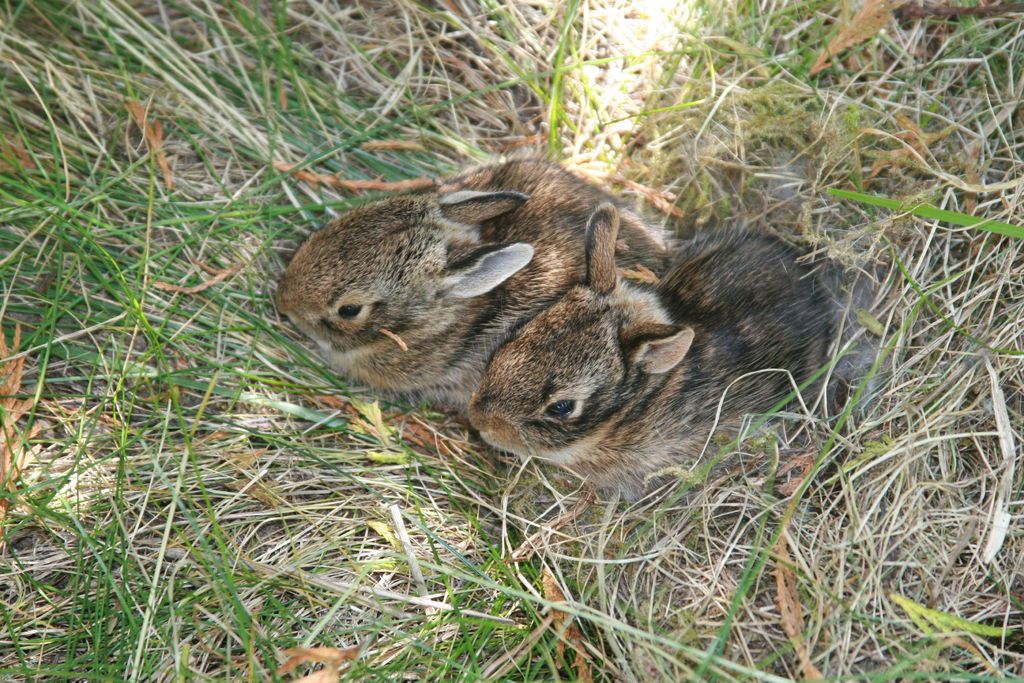 As a result, high temperatures can lead to life-threatening hyperthermia.
As a result, high temperatures can lead to life-threatening hyperthermia.
Feed the Wild Rabbits
Where the doe isn’t present, a baby rabbit will need hand feeding. Rabbits rely on milk to survive, so they should be fed kitten milk replacer or Meyenberg goat milk.
Cow’s milk might seem like a healthy choice, but it’s full of hormones, blood, pus, lactose, and traces of medication, which baby rabbits can’t digest. Rabbits are unable to vomit and, as a result, their sensitive stomachs can’t remove toxic substances from the body.
Milk is all a rabbit will consume for the first two weeks of its life. At two weeks, a bunny will start eating solids. From 4 weeks old, a bunny will eat the same food as its mother. However, milk will still play a vital part in the diet for the first six weeks, so make this a staple part of the bunny’s diet.
How to Make A Substitute Bunny Milk Formula
If you don’t have access to kitten milk replacer, you’ll need to make an orphaned bunny milk formula. It’s easy to do following this recipe:
It’s easy to do following this recipe:
- Mix one cup of goat milk with 56 grams of powdered goat milk.
- Add one tablespoon of sugar-free whipping cream to make the formula richer and contain more calories.
- Heat the formula to 98-100 degrees Fahrenheit.
- Leave the formula to cool slightly before feeding the rabbit.
While a pre-mixed milk replacement is much easier to use, the above recipe is a nutritious alternative when a ready-made formula isn’t available. It also contains the same vital nutrients as the mother rabbit’s milk so will help the bunny grow up strong and healthy.
How Many Times to Feed
Baby rabbits should be fed the following volumes of milk twice a day:
- Newborn to one week: feed between 22 ½ ml of milk per feeding.
- 1-2 weeks: feed between 5-7 ml of milk during per feeding. If the rabbit is particularly small, reduce the amount of milk to suit the size.
- 2-3 weeks: feed between 7-13 ml of milk per feeding.

- 3-6 weeks: feed between 13-15ml of milk per feeding.
Pay attention to how much the baby rabbit feeds as you may need to adjust the amount of milk given. Also, feed the baby rabbit at the same times each day to help form a solid routine.
How to Feed
Baby rabbits lay on their backs while feeding from their mothers. To help a baby rabbit to survive, you’ll need to replicate this process.
Before feeding, wrap your rabbit in a soft cloth or hand towel and lay it gently in your gap. Ensure the baby rabbit isn’t laying straight back but is sat slightly upright so that the fluid doesn’t fill its lungs.
The first and easiest way to feed your baby rabbit is by syringe. 1ml syringes are best for newborn kits, while 2ml syringes are suitable for rabbits over three weeks old. To use, simply draw the right amount of milk out and release it slowly into the corner of its mouth.
However, you might find that the baby rabbit takes to a bottle better.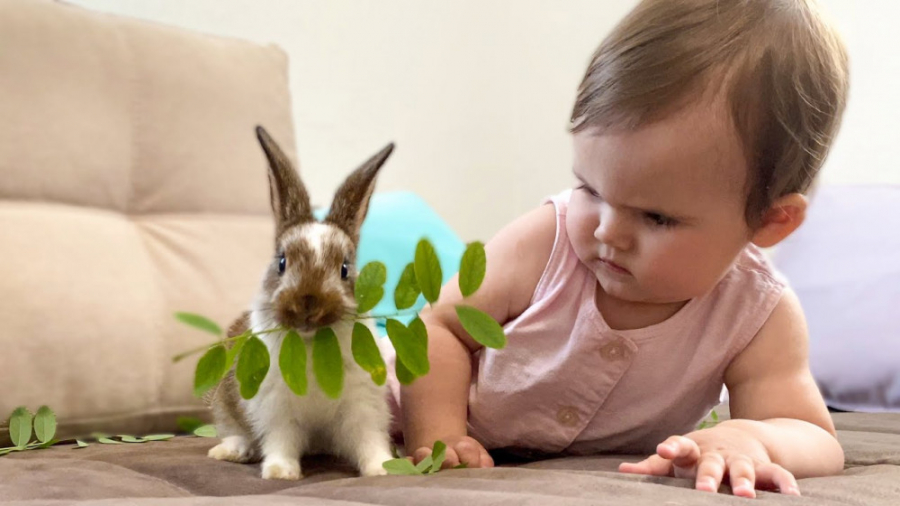 When using a bottle, make sure it is completely sterile before use and place the nipple into the corner of the rabbit’s mouth. Slowly release the milk quantity to the correct level – you mustn’t overfeed.
When using a bottle, make sure it is completely sterile before use and place the nipple into the corner of the rabbit’s mouth. Slowly release the milk quantity to the correct level – you mustn’t overfeed.
Finally, a small, shallow dish is ideal for bunnies over two weeks old. Raise it about an inch off the floor and encourage the bunny to lap the formula by placing a drop or two onto your fingers. Never leave the dish out as the bunny could drown.
Whichever way you choose to feed, be careful to go at the rabbit’s pace as feeding it too quickly can lead to suffocation.
Stimulate Urination and Defecation
Baby rabbits can’t release urine or feces until they open their eyes after ten days. In the wild, a mother rabbit stimulates her baby’s belly and anogenital region with her tongue. Where a doe is absent, you’ll need to help the rabbit relieve itself each time it’s fed. Follow these steps to help your orphaned rabbit urinate and defecate:
- With sanitized hands, wet a cotton ball with lukewarm water.
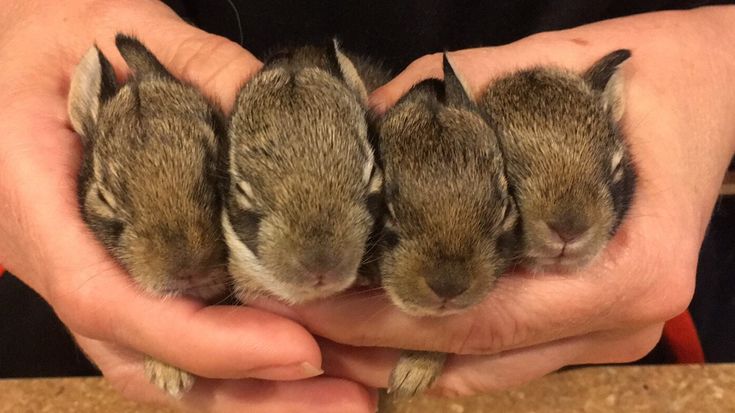
- Pop the bunny on its back, keeping it secure, and gently rub its genital area and abdomen. After a little while, the rabbit should begin to relieve itself.
- Clean up any urine or poop with a new, clean cotton ball.
- Make sure the bunny’s urine and feces look healthy and regular. If not, seek help.
After the bunny opens its eyes, it will begin to urinate and defective for itself. But this step is an important one, as newborn rabbits can become unwell if it’s unable to empty its bladder and bowels.
Provide Cecotropes
Cecotropes are an essential part of any rabbit’s diet. They’re grape-like droppings formed in the cecum and provide a range of nutrients and good bacteria that protect against pathogens.
Immediately after producing them from the anus, rabbits eat the cecotropes. While unpleasant to us humans, this is entirely normal. If your bunny is producing and consuming them naturally, there’s nothing else for you to do.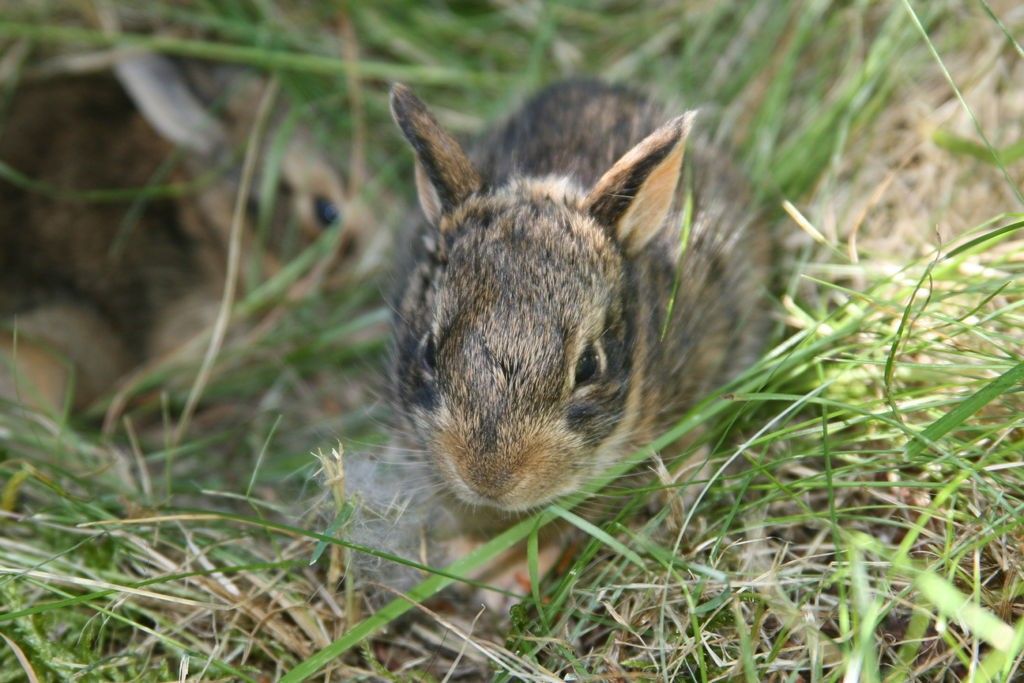
However, if no cecotropes are being produced, sourcing them from a healthy adult rabbit provides a rich source of nutrients to help the bunny grow strong and healthy.
To get them into the newborn bunny’s digestive system, mix them with kitten milk replacer and feed the rabbit as per the recommended amount for its size and age.
Caring for An Injured Wild Baby Rabbit
Finding an injured rabbit adds another layer of complexity. An orphaned wild rabbit’s survival rate is already low, so you’ll need to move quickly to save the rabbit from further pain and distress.
In any case, calling a wildlife rehabilitator is essential. In the meantime. follow these care tips for the most common types of injuries:
Rabbit Is Dragging Back Legs
If a wild orphaned bunny is dragging its back legs, it’s likely suffering from a spinal cord injury, paralysis, or hind leg weakness. Though, muscle failure is attributed to old age, so this is an unlikely cause of a newborn bunny’s poor back leg function.
If you know the bunny hasn’t suffered a broken spine, the following causes are possible:
- A disease, such as cancer and spinal osteoarthritis, which can wear down the spine over time.
- Parasitic, bacterial, or fungal infection. Encephalitozoon cuniculi is one of the most common types of parasitic infection.
- Natural and human-made toxins.
- Trauma to the spine. This could be from a predator or someone unknowingly stepping on the nest.
If you’ve already determined that the mother rabbit is no longer around, you’ll need to take the bunny to the vet to be checked over. Prognosis depends on the amount of damage that has occurred.
If the damage is irreversible, the rabbit won’t be able to survive in the wild and may need constant human car. Sometimes, euthanasia is the kindest outcome where the rabbit has no quality of life.
Rabbit Keeps Falling Over
A newborn bunny may fall over for a variety of reasons. Muscle spasms, bacterial and parasitic infections, ear infections, and trauma can cause a rabbit to develop head tilt.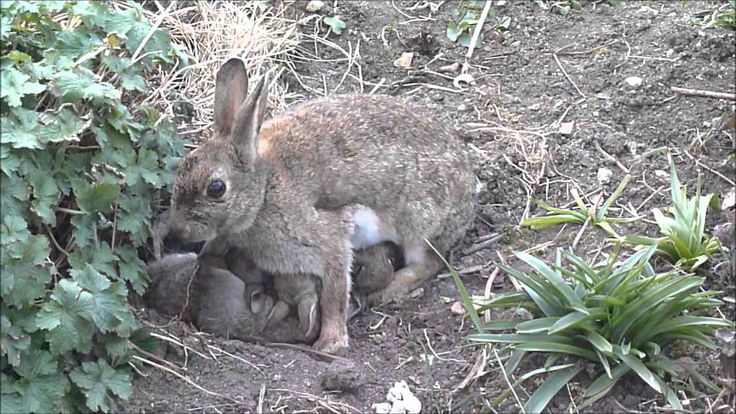 Head tilt often gives the illusion that the rabbit is drunk as it struggles to stand.
Head tilt often gives the illusion that the rabbit is drunk as it struggles to stand.
One of the biggest problems with head tilt is that the bunny struggles to eat on its own. Head tilt caused by E. cuniculi is incurable. Medications can help manage the disease, but it is contagious, so the litter must be separated.
Head trauma and infections are other common causes of unbalance in baby rabbits. The latter is likely to cause problems throughout the bunny’s life, whereas bacterial and parasitic diseases are usually easy to treat with antibiotics.
Contact with wild rabbits or dirty and unsanitary conditions are the most likely causes in newborn rabbits. While rarely fatal, it is serious and must be treated by a vet.
Rabbit Is Lethargic
Dehydration and starvation are the most common causes of lethargy – especially if the mother has been gone a while. Similarly, if a baby rabbit refuses to eat, lethargy is likely to follow.
Without proper nutrition, baby rabbits have little energy and will spend most of their time resting to conserve what they do have. When this happens, you won’t see the bunny move very often, which is a case for concern in itself.
When this happens, you won’t see the bunny move very often, which is a case for concern in itself.
Statis, which is the slowing of food through the GI tract, is another cause of tiredness and low energy. Symptoms include excessive gas and soft stools or diarrhea. The bunny might also exhibit signs of pain, like teeth grinding and a hunched posture.
Lethargy is also an indication of other, more serious health problems, so have the bunny checked over in case of something else is going on.
Rabbit Isn’t Moving
If the orphaned baby rabbit you’ve found isn’t moving, check to see if it’s still breathing. If the rabbit has its head arched back and mouth open, it’s probably too late to save it. However, if the bunny hasn’t reached this state, it’s possible to revitalize it.
The first step is to keep it warm, especially if the animal is cold to touch. Keep it close to you to transfer your body heat or wrap it in a soft hand towel until it starts to wriggle and show signs of life.
Once the bunny has perked up, place it back into the nest to recuperate. If there is more than one rabbit, they will huddle together to keep warm. Otherwise, provide extra heat using safe methods to help the bunny maintain a healthy body temperature.
If the mother is still alive and you’ve carried out the above steps, place the bunny back into the nest and cover it with grass. Touching the nest won’t cause the mother to abandon the babies. Instead, she will return to feed them as nature intends.
Rabbit Has Been Attacked
Occasionally, you might find that a predator has attacked a baby rabbit. Even if the mother is present, the bunny will need help to prevent the wound from becoming infected; otherwise, it will only worsen.
If the wound looks fresh, it’s possible to clean it using an antiseptic solution to prevent infection. But if the injury appears old, swollen, yellow, or is oozing pus, it’s best to take the bunny to a vet for antibiotics.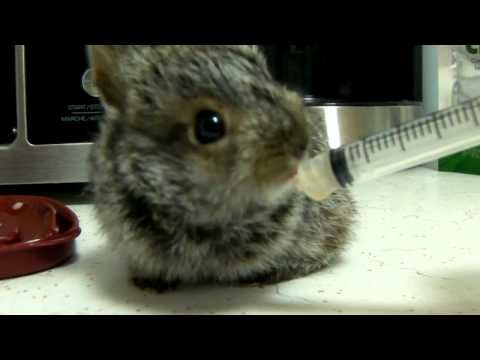
Once the injury has been successfully treated, it should be safe to place the baby rabbit back into the nest. The vet will provide the bunny with milk to tide it over until the mother returns.
Caring for wild baby rabbits is a challenging task and requires around the clock attention. Newbies shouldn’t attempt any form of care without expert advice – and even then, success isn’t guaranteed. If the rabbits are orphaned, they’re unlikely to survive without their mother. However, some baby bunnies with health issues simply need a helping hand.
Wild rabbits - What do they eat and how to feed?
- Treatment, vaccination and chipping of cats
- Treatment, vaccination, chipping of dogs
- Treatment of birds and parrots - tips from the mosquit of
- Treatment of rabbits
- Treatment of ferrets
- Treatment of reptiles
- Treatment of cattle
many They think that wild rabbits are the same in their nature as the domestic rabbit.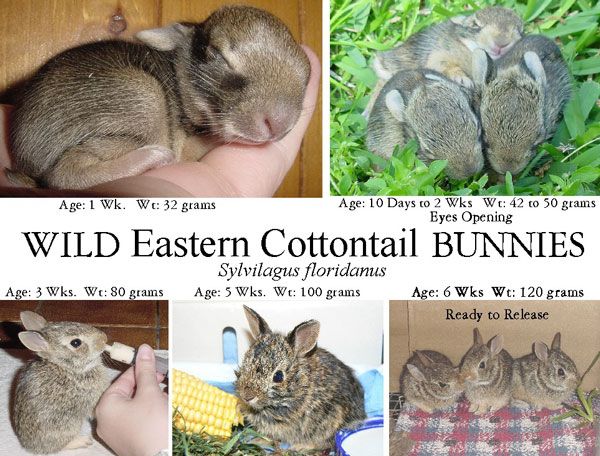 When buying such an animal for home, you need to know its features, because it can die from food for a domestic rabbit. They live in all areas. Avoid dense forests. They love to walk on farm plots and eat up bushes and crops. Some farmers even shoot them. nine0019
When buying such an animal for home, you need to know its features, because it can die from food for a domestic rabbit. They live in all areas. Avoid dense forests. They love to walk on farm plots and eat up bushes and crops. Some farmers even shoot them. nine0019
Now rabbits are common both in rabbit breeding and as a pet.
Despite their pretty appearance, they can harm the environment. Rabbits compete with sheep and other herbivores by stealing food from them. So in Australia they multiplied so much that they numbered about 20 million rabbits. Then they began to import predators, ferrets, ermine, fox to even out the situation. Then they began to use biological weapons. As a result, 90% died, the remaining 10% developed immunity. nine0019
The wild European rabbit is famous for its speed of reproduction, it adapts very quickly to the terrain. The main thing for him is that there is fresh grass, and the land where he will dig minks. They have a light brown color, sometimes change the color of the coat.
Even the wild rabbit was domesticated. The European rabbit has 20 subspecies.
It is worth mentioning the African wild rabbit, it has 13 subspecies.
- Florida is distinguished by whimsical nutrition, has a very soft fluffy tail. Color gray or brown. nine0004
- River. The name is due to the agility and ability to swim. As you enter the rabbit hides from danger.
- Pygmy. The ears are of medium size, even smaller than those of its brethren. The wool is softer than the rest.
- Teporingo. Quite a rare sight. It lives most often in Mexico.
Rabbits breed frequently, up to 6 times. Pregnancy takes about a month. The rabbit brings up to 12 rabbits.
If the rabbit lives in the wild, he tries not to move more than 100 meters from the hole. In summer, they eat green plants, if they live near fields, then they eat everything: cabbage, lettuce, cereals and root crops are also included in their diet. In winter, they have a harder time.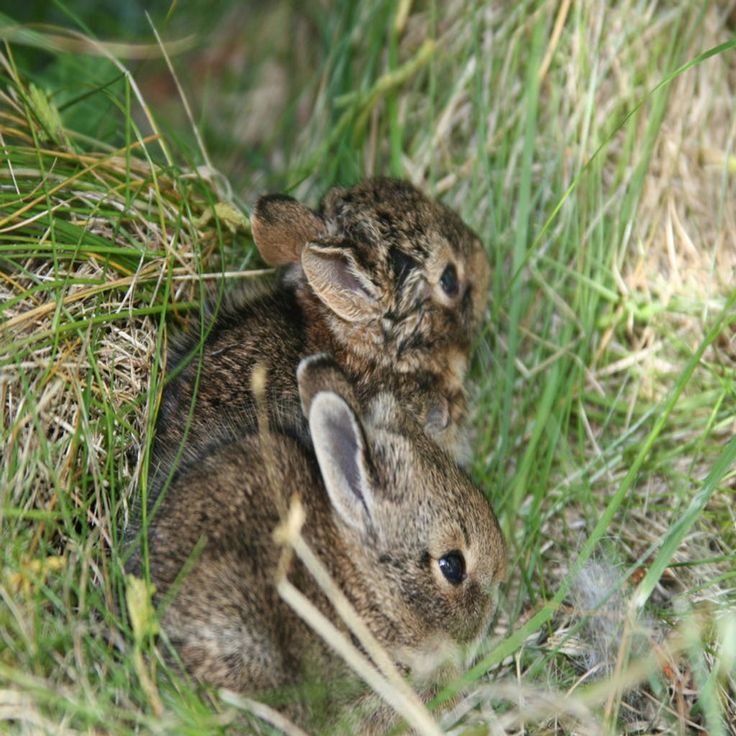 They begin to actively look for the roots of plants. They eat tree bark and some dry branches and leaves. If the wild rabbit fails to find anything, then he starts eating his own feces. nine0019
They begin to actively look for the roots of plants. They eat tree bark and some dry branches and leaves. If the wild rabbit fails to find anything, then he starts eating his own feces. nine0019
If you have bought a rabbit for yourself and can't figure out what kind of rabbit it is, how it lives and how it is fed, then contact MosVetHelp. Our experts will provide all the necessary information about what wild rabbits eat. We are ready to help you at any time, because we work around the clock. We have only high-quality and proven medicines and effective treatment.
What to feed rabbits? Feeding rabbits for rapid growth
Do you raise rabbits for meat or fur? Take care of a balanced and varied diet, because the rapid growth of animals and their precocity depend on it. nine0019
Overfeeding and underfeeding will lead to a decrease in the productivity of rabbits. Due to malnutrition, the quality of rabbit meat and skins is deteriorating. The menu should be made taking into account the general condition of the rabbit, its weight, age and season.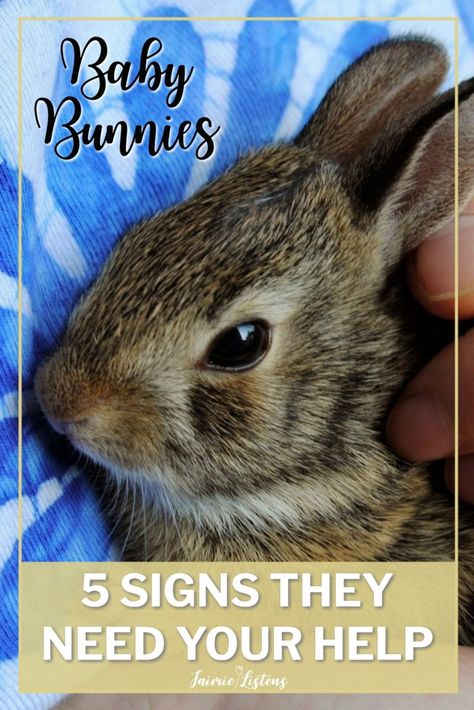
Ears eat a lot. Animals have weak stomach muscles, so food passes into the intestines only when a new portion of food arrives.
What to feed rabbits?
Animals should receive grass, vegetables and cereals, as well as useful elements. You should not feed rabbits with the same type of greenery, as the animals will begin to grow more slowly. nine0019
Feed types:
Greens are the main source of nutrients. This includes various herbs and plants (nettle, plantain, dandelion, clover, alfalfa, sage, etc.), as well as vegetable tops (beets, carrots, peas). Rabbits receive such food only in summer and in moderation (10-20% of the daily diet).
Succulent foods are products such as root vegetables, vegetables and fruits. They are especially important in winter and early spring, when there is no green grass, because they contain vitamins, carbohydrates, protein and fiber. Succulent feed is 10% of the daily diet. nine0019
Rabbits should be given:
- carrots,
- beets (in moderate doses),
- pumpkin,
- zucchini,
- potatoes (preferably boiled),
- cabbage (white cabbage - in moderation),
- watermelons,
- apples etc.
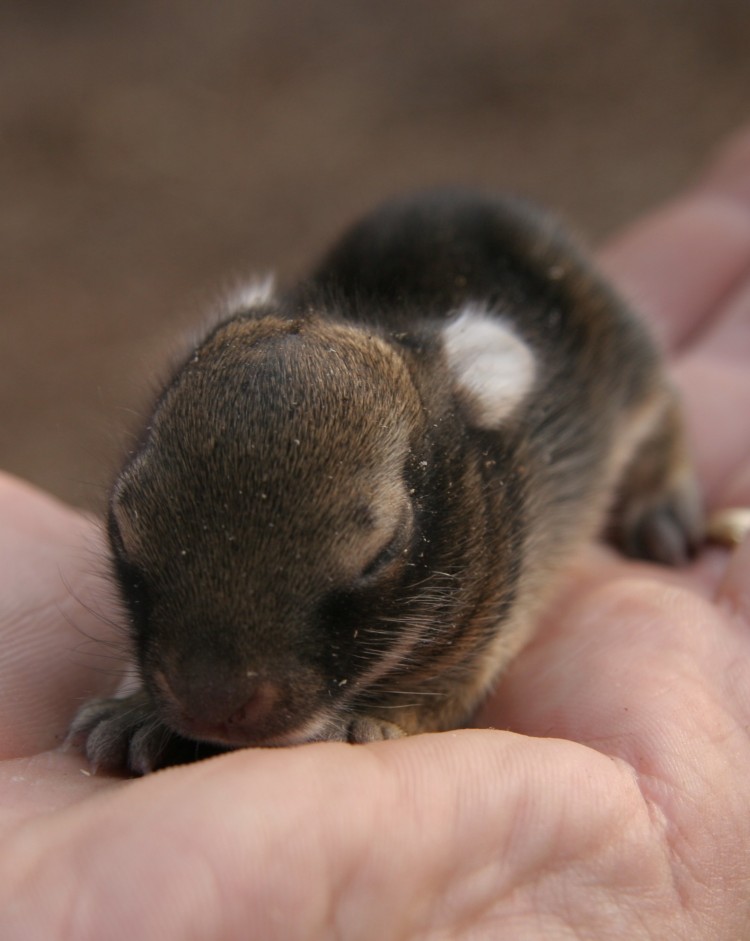
Roughage is a source of vitamins, protein and fiber. This is hay and tree branches (pine, willow, maple, acacia, linden, etc.). Eating branches, the animals sharpen their teeth. The food is suitable for winter feeding. nine0019
Concentrated feeds include: bran, cereals (oats, wheat, rye, barley, corn), legumes, cake and compound feed. This is half the daily ration of rabbits.
Animals must always be provided with water. In cold and frosty water should be poured into the drinkers warm.
Feeding rabbits
The diet of animals in winter and summer is different. Nutrition is also changed, based on the physiological state of the animals.
Feeding rates (g/day):
| Condition of rabbits | Summer | Winter | |||
| Concentrates | Greenery | Concentrates | Vegetables nine0133 | Dry grass | |
| Rabbits at rest | 40-50 | 400-500 | 50-60 | 150-200 | 120-150 |
| Rabbits in mating | 70-80 | 500-600 | 90-100 | 150-200 | 150-200 |
| Pregnant rabbits | 70-90 | 550-700 | 100-130 | 200-250 | 150-200 |
| Lactating females | 120-150 | 1000-1200 | 140-160 | 300-600 | 200-250 |
What is bad for rabbits?
Not all herbs and foods can be given to rabbits. Some plants cause diarrhea or constipation in animals, lead to respiratory diseases and can cause their death. nine0019
Some plants cause diarrhea or constipation in animals, lead to respiratory diseases and can cause their death. nine0019
Herbs and products that are prohibited:
poisonous plants (euphorbia, dope, celandine, foxglove, wild radish, etc.) cause poisoning and can lead to death;
sweets provoke the development of diseases of the heart, joints, bones and skin in rabbits;
exotic fruits and vegetables disturb the digestive process in animals (especially if you breed local breeds). nine0019
Feeding young animals
The diet of young rabbits generally coincides with that of adults. Animals grow intensively up to 8 or more months (depending on the breed).
Young rabbits should always have clean water in their trough as they need more liquid than adult males and females.
Succulent foods should be introduced into the menu in stages, starting with small proportions (from 4 months of age).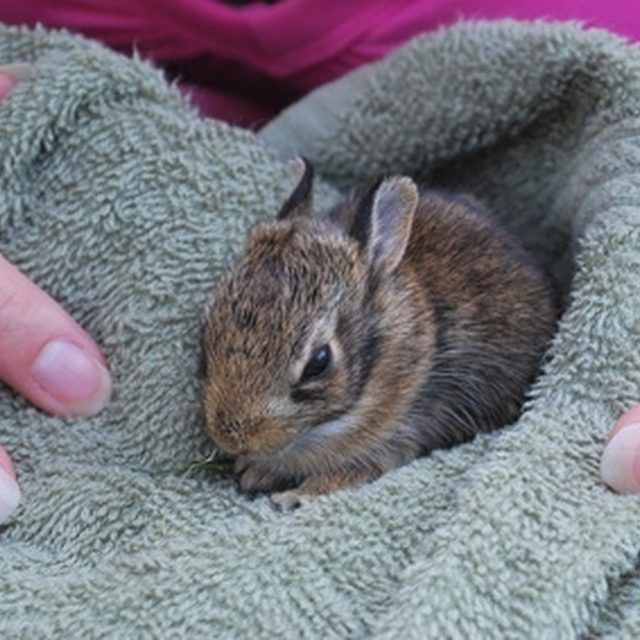 At the same time, it is recommended to alternate different types of feed and monitor the condition of the pets. nine0019
At the same time, it is recommended to alternate different types of feed and monitor the condition of the pets. nine0019
Available
PC 92-1. Grass meal grower, for rabbits 5-14 weeks
Feeding rabbits for accelerated growth
To ensure that individuals grow quickly, they need to be fed grass or hay, vegetables, cereals and compound feed - 3-4 times a day.
Summer:
| Age of rabbits | Green and succulent foods (g/day) | nine0318 Concentrates (g/day) |
| 1-2 months | 300 | 20 |
| 3-4 months | 500 | 45 |
| 5-7 months | 600 | nine0318 55 |
Winter:
| Age of rabbits | Dry grass (g/day) | Root vegetables (g/day) | Concentrates (g/day) |
| 1-2 months | 50 | 150 | 35 |
| 3-4 months | 100 | 300 | 55 |
| 5-7 months | 200 | 400 | nine0144
Rabbit fattening
Beef rabbits are most often fattened in autumn and winter.